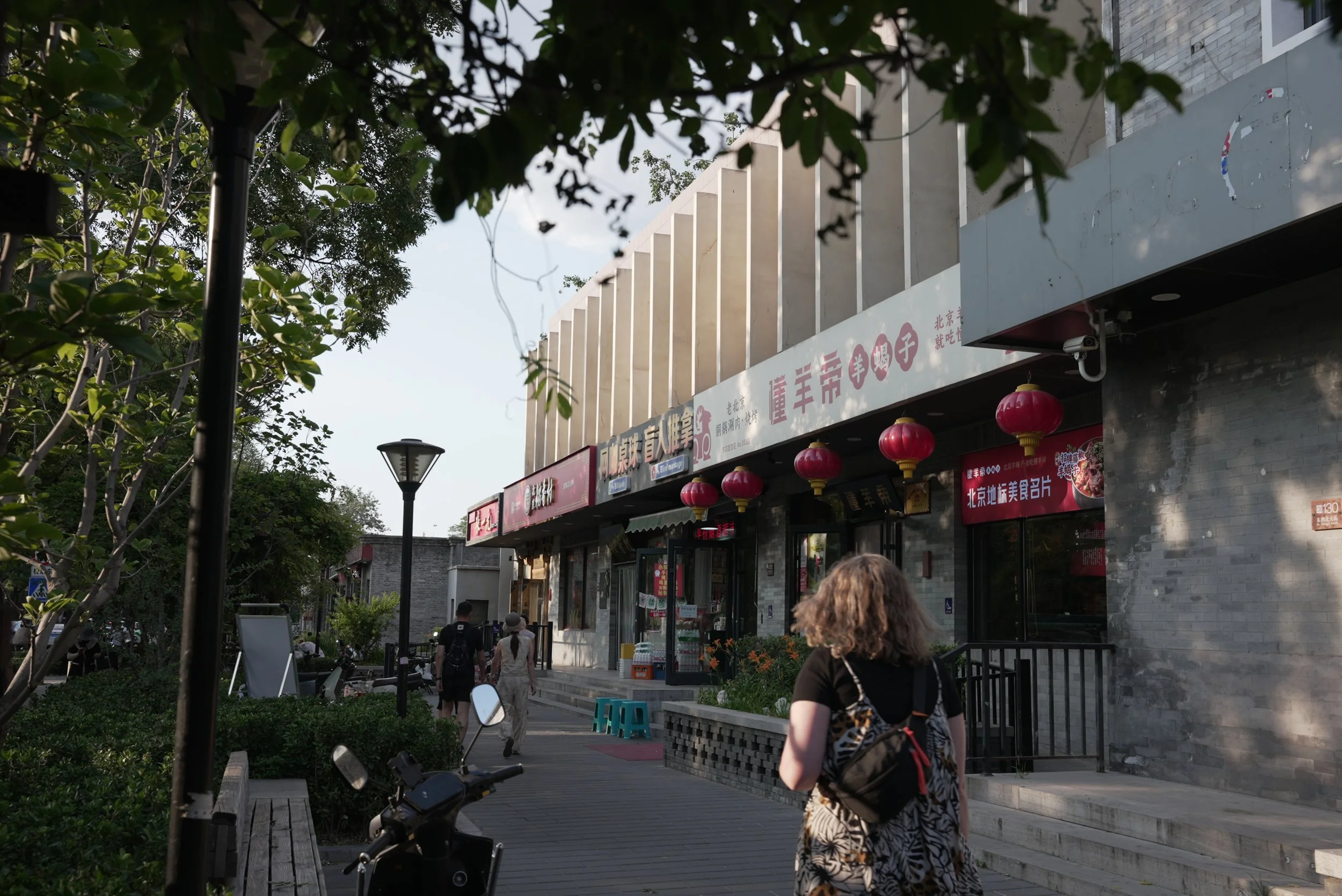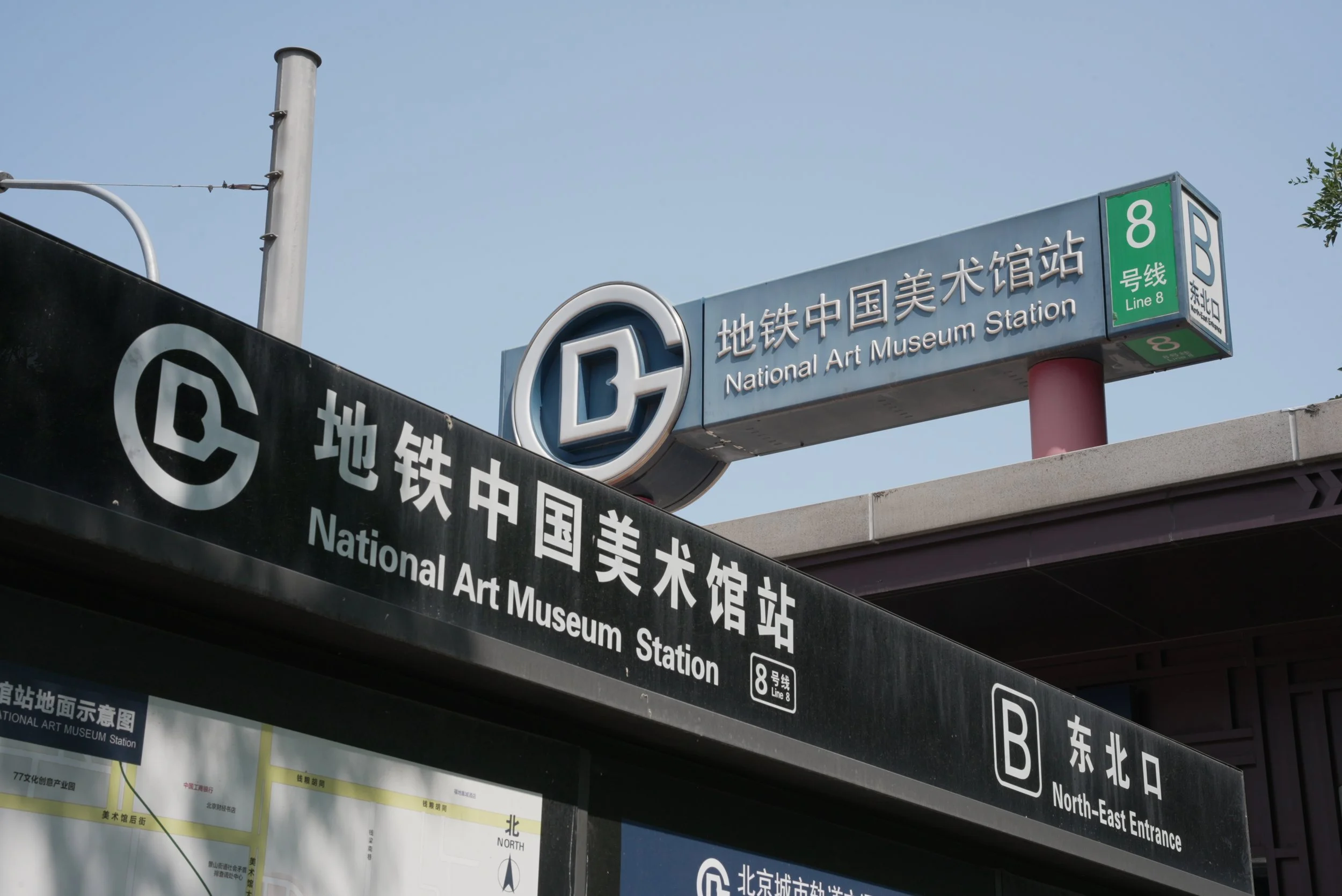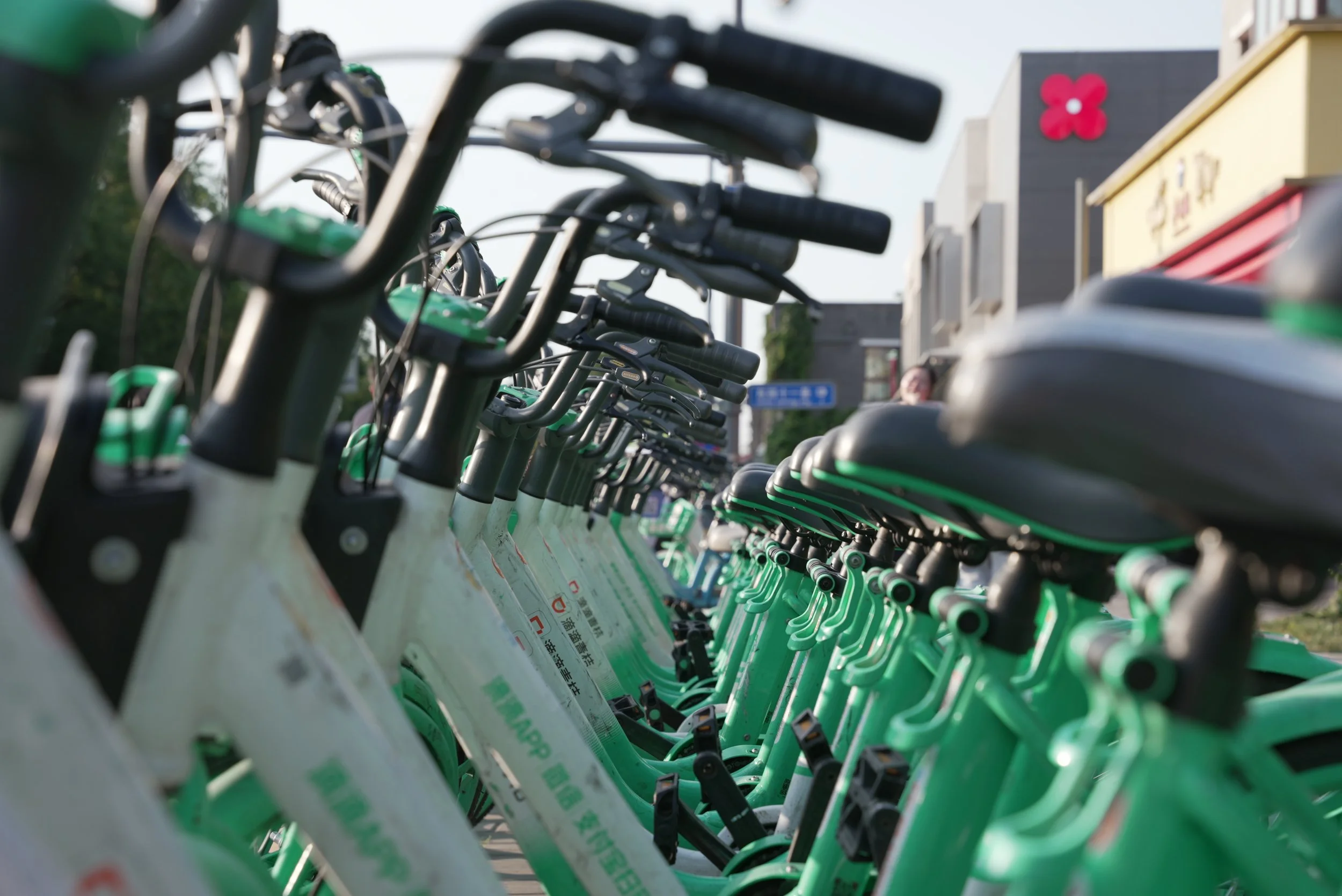How To Get Around Chinese Cities
Navigating Chinese cities for the first time can feel a bit daunting - but don’t worry it's surprisingly simple and even a little bit fun! Here’s everything you need to know about getting around easily and confidently during your trip to China.
Walking: The Best Way to Discover Hidden Gems
One of the absolute best ways to explore any Chinese city is simply by walking. We usually average between 10-20K steps everyday in China. You’ll stumble upon local markets, street food vendors, and hidden alleys that you’d never see from a taxi or metro window. In major cities many tourist sites are often in walking distance of each other. So not only do you get to see the tourist sites but you also get to experience local life.
There are also many pedestrian-only streets which are great as you can take your time and explore them at your own pace.
Things to watch out for when walking:
Be cautious when crossing roads. There are black and white stripes to indicate where you should cross the roads but cars might not always stop, especially if they are turning right.
Keep an eye out for e-bikes; they sometimes creep up on pavements without warning.
Watch your step, as some pavements can be a bit uneven and not well lit up at night.
Amap: Your Best Friend for Navigation
If you are trying to navigate your way around Chinese cities then you are going to need a reliable map app. Google Maps doesn’t work well in China, so you’ll need a solid replacement. Enter Amap - the app that works like a charm for navigating Chinese cities. As it is a Chinese app the locations are the most up-to-date compared to other map apps.
Why Amap?
It gives you up-to-date transport information.
You can find restaurant recommendations right within the app.
Save locations for later if you sign in.
If you’re an iPhone user, Apple Maps is also very reliable!
When you download AMap you will have to change the language to English to use it.
Check out this blog post to read more about it.
Metro: Fast, Efficient, and Everywhere
The metro is hands-down the fastest and most convenient way to get around big cities in China. Whether you’re exploring the vibrant streets of Shanghai or the historic corners of Beijing, you’ll find a metro station nearby most major attractions. Even in smaller cities there are some metro lines. So, if you don’t want to walk everywhere then this is a great option.
Tips for using the Metro:
Download the MetroMan app to plan your route seamlessly.
Stations are well-marked with signs in both English and Chinese, so you won’t get lost in translation.
You can buy tickets using Alipay or WeChat Pay—no need to fumble with cash.
Avoid rush hour if you can (usually 7–9 AM and 5–7 PM). It gets really packed!
The metro is not only efficient but also super affordable, making it perfect for budget travellers.
Check out this blog post for a step by step guide for taking the metro!
Didi: China’s Answer to Uber
If you’re looking for convenience, Didi is your best friend. It’s basically China’s version of Uber, and it’s a lifesaver, especially when it’s late, you have luggage, or you’re just not in the mood to navigate public transport. Didi is super affordable and you know the price before you book so there are no hidden fees.
Why use Didi?
You can input your pick-up and drop-off locations in English - which is handy if you don’t speak Chinese
You can communicate with your driver via the app which automatically translates the conversations for you.
Track your journey in real-time to make sure you’re on the right path.
Pay easily using Alipay or WeChat, you can book a Didi through these apps, no need to download a separate one.
Need more space? You can book bigger cars if you have more people or luggage.
The prices are super reasonable, even for longer trips!
Pro tip: If you’re landing at a major airport, or train station they often have separate ‘ride-hailing’ area which is where you can get your Didi from.
Bikes: Explore the City Above Ground
Shared bikes are everywhere in China. If you want a bit of fresh air and to see the sights above ground, hopping on a bike is a great idea. Check the bike before you ride to make sure it works well. Some cities have no cycling streets (Hello Shanghai) where you can get a fine, so always pay attention to the road signs.
Some cities are easier to cycle in than others. For example, I wouldn’t recommend it in Chongqing - those hills are no joke! But in Beijing the roads are wide and in blocks so it is much flatter and easier to navigate.
You will find different colour bikes that work with different apps.
Blue = Alipay/Hello bike
Green = Didi
Yellow = Meituan
Things to know about biking:
You can find shared bikes on almost every corner.
If you have Alipay then stick to the blue bike as it will be the easiest.
Simply scan the QR code, ride to your destination, and pay on the app when you park.
Stick to the bike lanes and follow traffic signs.
Buses: Great for Hard-to-Reach Spots
Buses are fantastic for getting to places that the metro doesn’t quite cover. However, they can be a bit tricky to use as most of the stops are written only in Chinese.
How to make the most of buses:
Use a map app (like Amap or Apple Maps) to plan your route in advance and see which bus you need.
Keep track of your location on your phone so you know exactly when to get off, the stops aren’t announced in English.
You can pay for your ride with Alipay using the transport function or WeChat Pay.
Buses are super cheap, but be prepared for a bit of confusion if you don’t read Chinese. Having your destination written down in Chinese characters can help! I would be more inclined to get a Didi over a bus as it will be easier and quicker but it will be more expensive.
Getting around Chinese cities might seem complicated at first, but with the right apps and a bit of practice, you’ll be wandering around like a local. Whether you’re taking a Didi, hopping on a Metro, or cycling through the streets, there are plenty of options to suit your travel style and budget.
Save this post for your next trip to China and feel confident about exploring every corner of its amazing cities!
First time in China? Then check out my ‘China 101 ebook for First Time Travellers’ it will give you all the tips you need to help you with your trip to China.
If you need some extra help planning your trip then get in touch I can help you!





